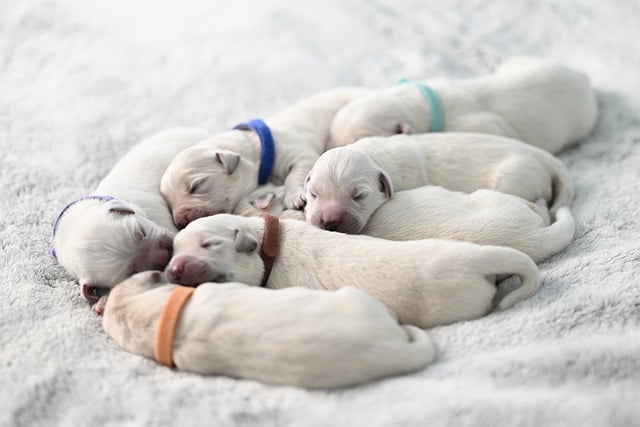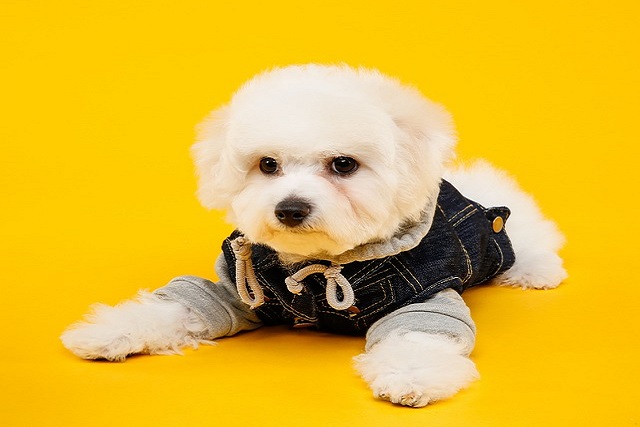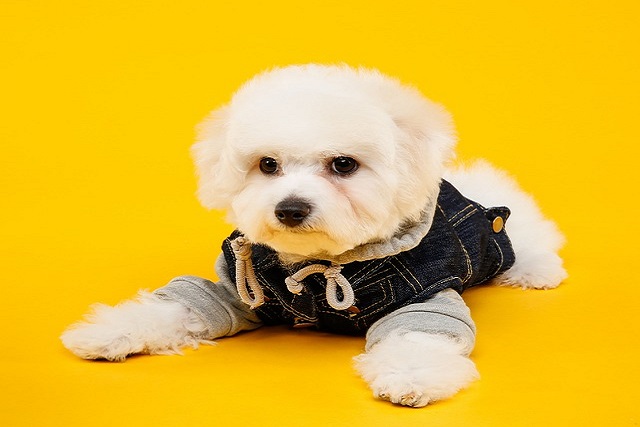
How do you treat flaky skin on dogs
If you’ve ever brushed your pup in the morning and noticed little white flakes floating onto the couch, you’re not alone. Flaky skin is one of the most
If you’ve ever watched your dog pad across hot asphalt in summer or crunch through icy sidewalks in winter, you’ve probably wondered how to protect those fuzzy paws. Maybe you’ve rummaged through your medicine cabinet and thought, “Can I use Vaseline?” It’s a common question among new dog owners, and the answer is… mostly yes, but with some big “buts” to keep in mind. Let’s break it down so you can keep your pup’s paws safe without accidentally causing trouble.
First, let’s talk about why paws need care. A dog’s paw pads are tough, but they’re not invincible. Hot concrete (which can hit 140°F on a 85°F day) burns them, ice and salt in winter dry them out, and rough terrain can crack or scrape the skin. Vaseline, that trusty petroleum jelly, works by locking in moisture—great for soothing dry, chapped pads. My neighbor’s Border Collie, who loves hiking on rocky trails, gets a thin coat after walks, and her vet approves. But here’s the catch: dogs lick their paws, and while small amounts of Vaseline are harmless, too much can give them an upset stomach. Think of it like kids eating glue—gross, and not great in large doses.
So, how to use it safely? Start with a tiny amount—about the size of a pea—on each pad. Rub it in gently, then distract your dog with a toy or treat for 5 minutes to let it absorb. Avoid slathering it on; a little goes a long way. If your dog won’t stop licking, try putting booties on for 10 minutes (yes, they make dog booties!) to let the Vaseline work. Pro tip: Skip scented or flavored versions—plain, original Vaseline is best. Last month, I tried a lavender-scented one on my Lab, and he licked his paws so much he threw up a little. Lesson learned.

Now, let’s connect this to being a responsible owner in the U.S. Keeping your dog’s paws healthy isn’t just kind—it ties into laws too. Most states, like Texas and Pennsylvania, require pet owners to prevent unnecessary suffering, which includes protecting paws from extreme weather. When you’re out walking, always carry poop bags (fines for forgetting hit $300 in NYC) and keep your dog leashed in public spaces, as per local rules. If your pup’s paws are injured and they limp, rushing them to the vet is part of meeting their legal and moral needs.
Culturally, positive reinforcement matters here. If your dog hates having their paws touched (and many do!), never hold them down or scold them. Instead, start by touching one paw for 2 seconds, then rewarding with a treat. My trainer friend in Seattle does this with rescue dogs—over time, they learn that paw handling means snacks, not stress. In apartments, keep a towel by the door to wipe paws after walks; salt and dirt tracked in can damage floors, and it’s polite to your neighbors. Also, avoid using Vaseline right before bed if your dog sleeps on your couch—greasy paw prints are hard to clean!
Of course, Vaseline isn’t a cure-all. If your dog has deep cuts, blisters, or signs of infection (redness, pus), skip it and see the vet. For daily protection, consider paw balms made specifically for dogs—they’re non-toxic if licked and often have added ingredients like shea butter. But for occasional dryness, that jar of Vaseline in your cabinet can be a handy backup.
At the end of the day, it’s all about balance: a little protection, a lot of observation, and always putting your dog’s comfort first.

If you’ve ever brushed your pup in the morning and noticed little white flakes floating onto the couch, you’re not alone. Flaky skin is one of the most

Pigmentary keratitis in dogs is a condition where dark, discolored patches form on the cornea, the clear outer layer of the eye.

If you’ve noticed your dog scratching more than usual—maybe gnawing at their paws or rubbing their face against the couch—you might start checking their skin for clues.

If you’ve ever watched your dog pad across hot asphalt in summer or crunch through icy sidewalks in winter, you’ve probably wondered how to protect those fuzzy paws.

That distinctive "scooting" across your favorite rug isn't just odd behavior - it's often your dog's way of telling you something's uncomfortable back there.

If you’ve noticed your dog’s nails are so long they curl under or make a loud “click-click” on your kitchen floor, you’re not alone.